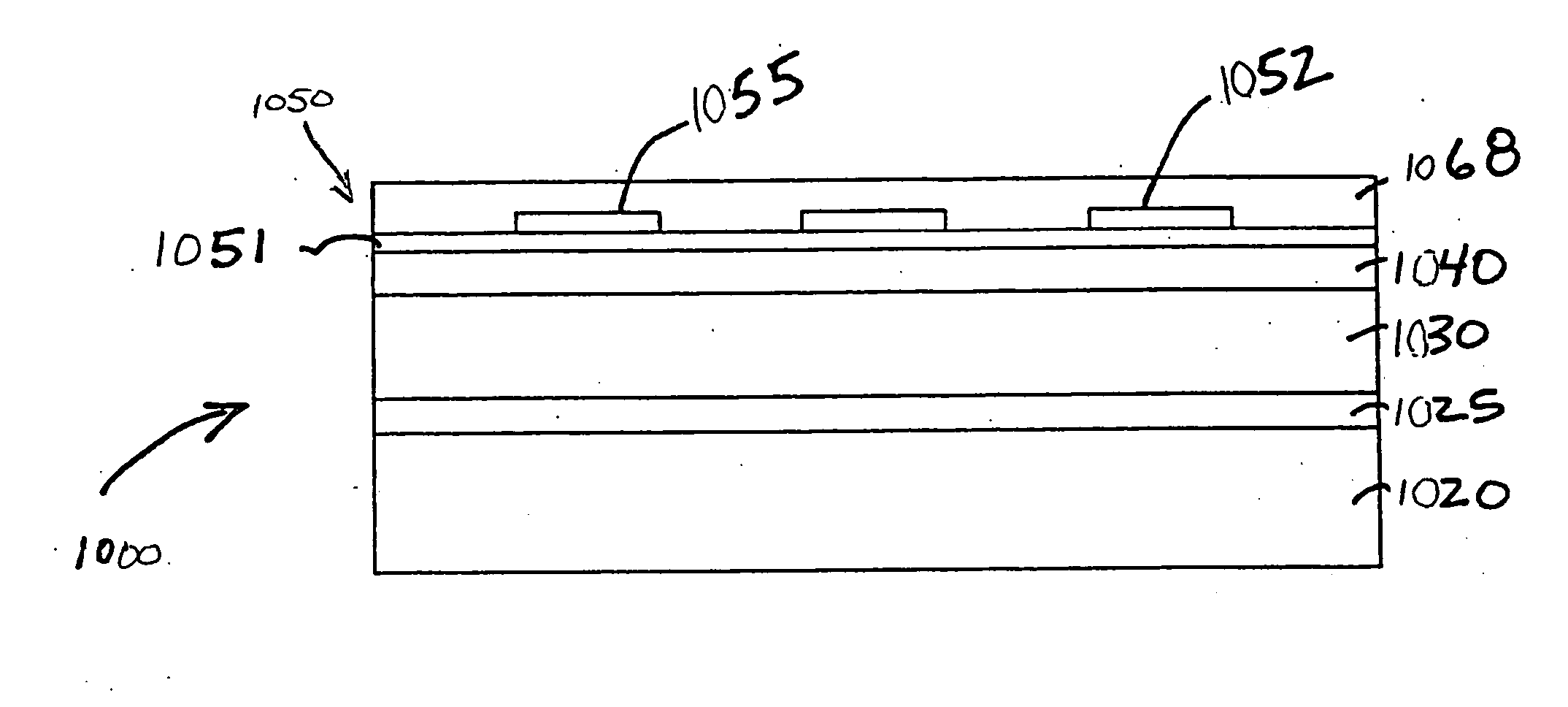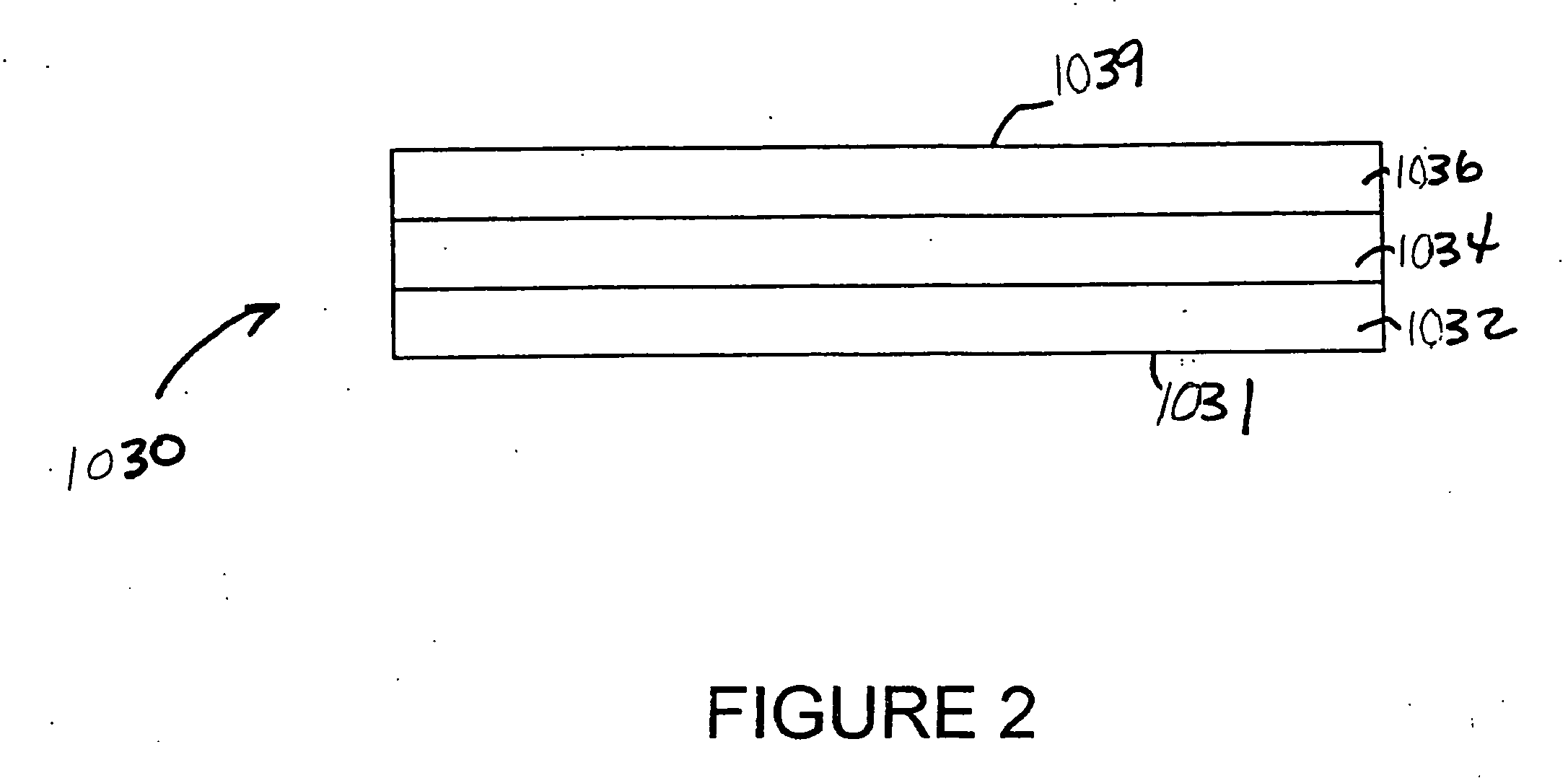It is, therefore, not possible with the existing
broad spectrum infrared sources to be selective as to the preferred
wavelength or wavelengths that would be the most desired for any given heating,
processing or treatment application.
Thus, much of the
broadband IR energy output is wasted.
Quartz lamps are “slow on” and “slow off” devices and cannot practically and productively turned on and off rapidly or pulsed for short durations of on time.
Energy consumption costs make up a substantial percentage of the cost of a finished article that is manufactured using
blow molding operations and is typically the highest production cost.
Much of the energy from the lamps is not absorbed by the container at all, or is absorbed into the
ambient air, and mechanical supports, thus lowering
overall efficiency significantly.
The disadvantages of the current method are the unnecessary heating of air and adjacent structures, poor tuning ability of the
irradiance distribution on the container, large
physical space requirements, the inability to selectively heat specific spots or bands on the performs, the reduced ability to quickly adapt heating distribution to new requirements, such as a lot
changeover to different sized containers, and consequential problems generated by the same.
Convection heating of the preforms caused by hot air flow has proven to result in non-uniform heating of the preforms and, thus, has a deleterious effect on the manufacturing operation.
The wasted energy must also be dealt with by the
plant HVAC system which then is another substantial energy expense.
As might be expected, the transfer of
thermal energy from historical state-of-the-art
broadband IR heating elements and systems to the targeted preforms is not a completely efficient process.
Although difficult to measure, in practice, it is doubtful if the actual systemic conversion efficiency is even at that level.
More specifically, if a fixed amount of input energy is continuously consumed by a stationary IR
heating element, even at times when there are no preforms in the immediate vicinity of the heater due to continuous preform movement through the system, the
energy conversion efficiency performance of the systems is obviously not optimized.
Beyond this wavelength, any energy emitted by the enclosed filament is, for the most part, absorbed by the
quartz glass sheath that encloses the filament and is therefore not directly available for preform heating.
While being a viable means of increasing the overall
energy conversion efficiency performance of the reheat process, the change in the absorption property of the preforms that is so beneficial in reducing the manufacturing costs of the container also has a deleterious effect on the appearance of the finished container.
Though the operation of single-stage injection molding /
blow molding machines are known in the art, finished container quality problems persist for these machines.
These quality problems are linked to preform-to-preform temperature variations as the
stream of preforms enters the blowing stage.
Despite the advances described in the '039 patent, using heretofore state-of-the-art IR heating and
temperature sensing means and methods, the process of thermally conditioning preforms shortly after they have been removed from an
injection molding process still results in preforms of varying thermal content entering the blowing stage.
Inefficiencies in the ability to custom tune the IR heating process on a preform-to-preform basis results in manufacturers opting to use a reheat blow molding method to achieve required quality levels.
Though several attempts have been made to render improvements in the state-of-the-art IR heating subsystems, clear deficiencies still persist.
 Login to View More
Login to View More 


